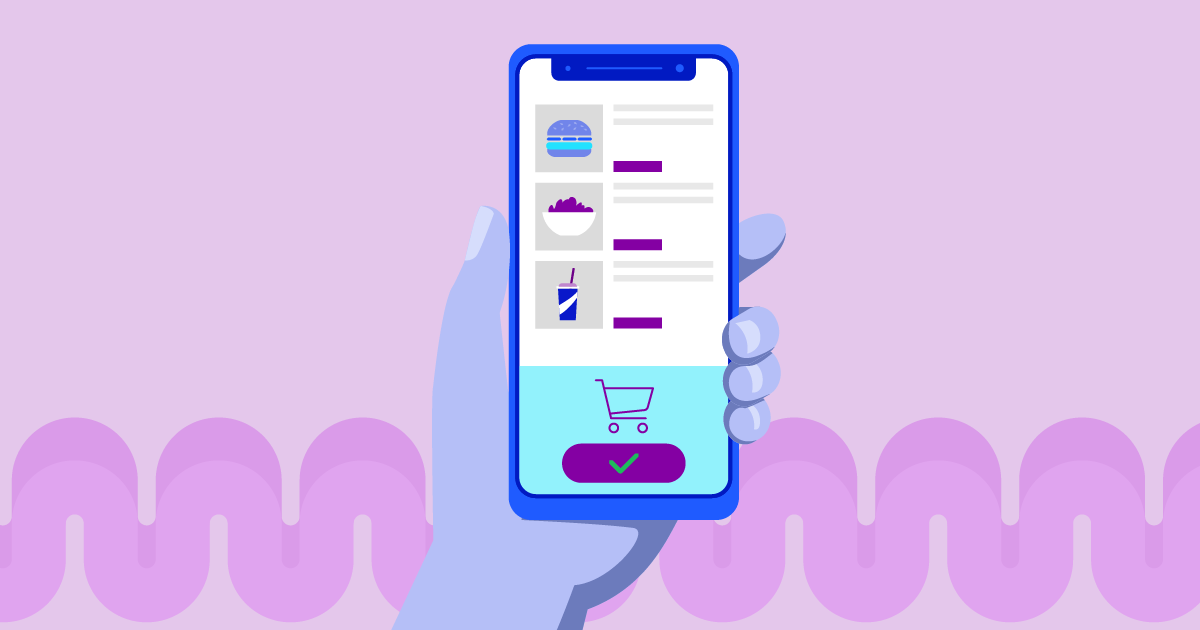
A one-size-fits-all approach works great for stretchy sweatpants and sweatshirts. Simple and cost-effective, especially if your size fluctuates around the holidays.
But when it comes to customer onboarding, a one-size-fits-all approach that seems simple and cost-effective can open the door to fraud and risk, which leads to financial and reputational losses.
This article examines the best approach to creating an onboarding process that provides the right balance of simplicity and friction to make sure you keep your good customers happy and stop fraudsters from the start.
Table of Contents
What is customer onboarding?
Onboarding is the first stage of the customer journey. It’s an opportunity for both the business and customer to establish trust. Businesses verify their customers are who they say they are, and in return, accounts are created and customers are granted access to the business’s platform.
When done correctly, an effective onboarding process can prevent fraud and bots from infiltrating your system. And at the same time, make it quick and easy for customers to verify their legitimacy.
Onboarding enables you to bring on legitimate customers quickly and easily while shutting down fake users seeking to create havoc on your platform. The key is to protect your platform and user base from fake accounts or identity fraud without sacrificing conversion and growth or inconveniencing valid users.
The pitfalls of a one-size-fits-all approach
Product managers and sales teams are pushedÑand rewardedÑfor onboarding as many new users as possible. Each new user represents a dollar sign that keeps the business solvent. It’s why business leadersÑand investorsÑkeep a close eye on growth metrics, such as monthly active users, customer conversion rates, and sign-up abandonment.
So while a single, frictionless onboarding approach can help with your immediate need to get customers registered quickly, it would also let bad actors slip through the cracks. Once this occurs, the impact is highly disruptive.
It was recently discovered, in fact, that the companies who were willing to go beyond one-size-fits-all onboarding processes and work to verify their consumers’ identity, were more likely to attract customers.
80% of consumers prefer companies who require extensive ID verification, meaning that by sticking with a status quo onboarding system that doesn’t properly vet customers, you’re in fact missing out on a large percentage of potential new users.
The benefits of a balanced onboarding strategy
A well-planned onboarding strategy combines a safe, secure experience that protects both your company and your consumers from fraud. It does this by providing the right amount of friction, making it difficult for bad actors and easy for legitimate customers.
Here are some of the primary benefits received from a balanced, personalized onboarding strategy:
- Gives consumers a reason to believe your business is looking out for them, both in your relationship with them and concerning their digital safety.
- Detects and blocks bots, fraudsters, and bad actors from creating accounts. It keeps the platform safe and secure while enhancing the customer experience.
- Cuts down on friction and lowers abandonment rates, making it quick and easy for customers to create accountsÑwithout sacrificing security.
- Helps maintain a strong brand image while maximizing conversions.
In many cases, the digital economy has no borders. Offer safe and simple onboarding anywhere, no matter where customers are located.
The basic steps to safe onboarding
Assess risk
The first thing that happens in a well-constructed onboarding process is checking the level of risk a new user poses. This is done through dynamic risk scoring that weeds out bad actors and notifies businesses of the level of risk involved with each new account.
Compare and contrast information to validate identity
Throughout the onboarding process, new users are prompted to provide personal data meant to help prove they are who they say they are. Taking this data (password, pictures, names, addresses) and comparing it across other accounts online can give further insight into uncovering the true identity of the user.
Deploy MFA (Multi-factor authentication)
MFA blocks 99.9% of account hacks, preventing unauthorized account access and ensuring that your digital community is safe, secure, and streamlined.
MFA is a necessary building block for overall fraud prevention and is becoming a user expectation. Whereas signing up for new email addresses takes minutes, phone numbers are hard to fake. Most people only have one mobile number and obtaining additional numbers is costly and time-consuming. That time and cost barrier make phone numbers a great anchor for digital identity.
A modern MFA strategy requires new users to create passwords, an OTP (one-time passcode), or a biometric indicator, such as a thumbprint.
Communicate effectively with customers
Another step to consider is how you’ll communicate with the new users as they work their way through the onboarding process.
One key way to gain your customers trust and loyalty is to guide them using communication platforms that they are familiar with, such as WhatsApp or other messaging platforms.
How Telesign can help determine risk
The biggest misconception with digital identity during onboarding is that a one-size-fits-all approach to verification will work in the short and long-term. It will not. Fraudsters are clever and relentless in their attacks, so your security stack must evolve and contain fraud prevention solutions tailored to your business and your customers.
The key to effective onboarding is to tailor a security stack with risk assessment solutions that empower you to make the best decisions about new users, with a personalized risk score assessment backed by accurate data.
As new customers sign up, Telesign is in the background, making sure they are who they say they are. The risk-scoring model Telesign employs allows you to focus on shutting out bad actors while letting legitimate customers onboard quickly and hassle-free.
A blanket approach to onboarding is no longer viable. It’s now a risk worth taking.
To learn how Telesign personalizes the onboarding process and enables Continuous Trust⢠across your customer lifecycle, chat with us today.


